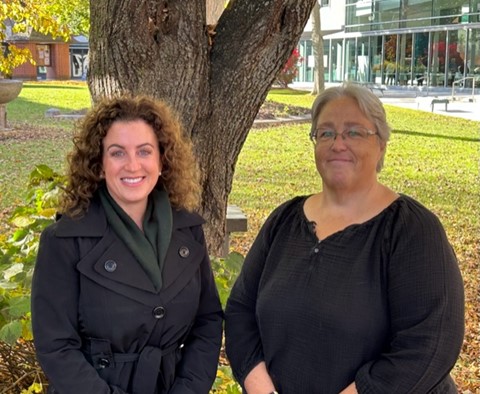

By Daniel Bookham
For WorkBoat Magazine – January 2024
As we dive into 2024 it is time for me to break out the crystal ball once again and offer up my predictions for the shape of the insurance market for this coming year. I have been talking to a lot of fellow agents and brokers as well as folks on the insurance company and reinsurance side of the equation, and several broad trend lines have emerged.
First, the good news (at least from a risk management and broader economic perspective). The marine insurance market is expected to continue to grow in 2024. The cargo market is predicted to show some modest growth and when coupled with continued increases in property and vessel values and increasing demand for marine insurance products from emerging markets, the increased premium generated should help shore up insurers’ balance sheets against continued claims turbulence.
However make no mistake, we are not out of the woods yet. The inputs that drive concern among insurers show no signs of slackening or decreasing in potential severity. The increasing value of global trade, the growing complexity of global supply chains, the rising frequency and severity of natural catastrophes, potential broader economic instability, the ongoing conflicts in Ukraine and the middle east, and what will likely be turbulent election campaigns in the US, the UK, Mexico, Taiwan, and India among others could lead to uncertainty and instability that bleeds over into the insurance markets.
Additionally, the hard market that hit with full force last year is likely going to continue well into 2024 if not into 2025 (the smart money is on at least a three-year cycle). As a reminder, a hard insurance market is characterized by higher premiums, stricter underwriting standards, and reduced availability of coverage, and comes about because of a combination of historical underpricing of risk, increased frequency and/or severity of losses, underperforming investments, increased reinsurance expense, and broader economic pressures.
With that noted, the marine insurance market is expected to be characterized by several trends in 2024 that echo those we saw in 2023, including a continued hardening of rates, an increasing focus on underwriting profitability, an increased demand for new and innovative marine insurance products, and the increasing use of technology to improve (or at least rationalize) underwriting and claims handling.
In my market predictions for last year that were published in February 2023, I noted that companies that focus on the fundamentals of risk management, claims management, and safety culture would be best positioned to ride out the tightened underwriting and higher rates of a hard insurance market. This remains true, but it is important to be aware that as we head into the second year of this hard market good risks can get caught up with the bad as insurers push to either return to or increase profitability. Good companies can still usually hold their insurance costs down but be aware that this wave ultimately breaks over all of us.






